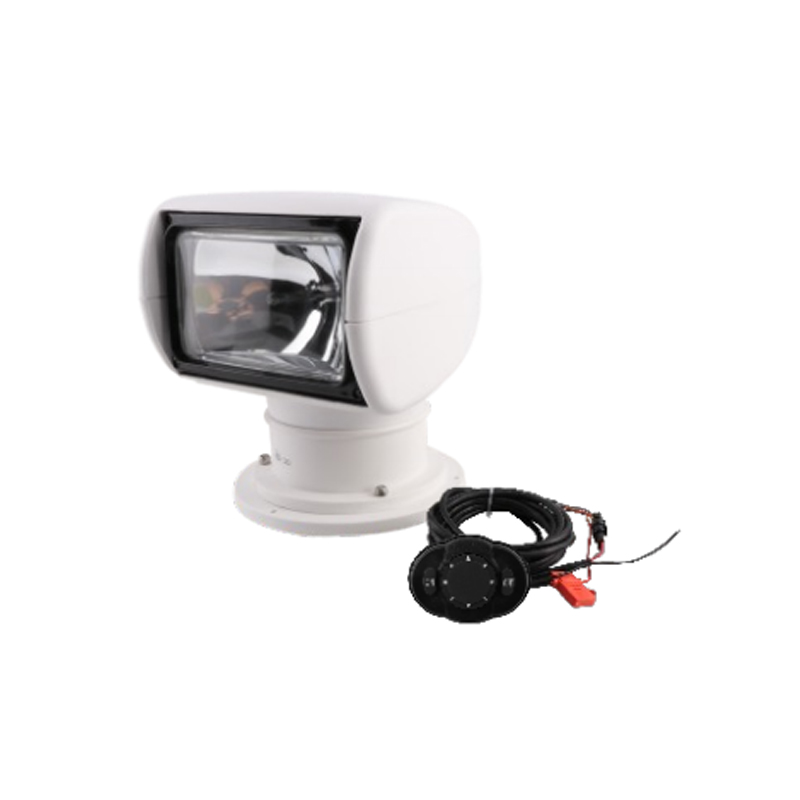- Tel: +86-13385878168
- E-mail: [email protected]
- Please contact us if you have questions.

Web Menu
Product Search

Compatibility Issues of Dual Battery Isolator with Varying Battery Types
Custom Dual Battery Isolator Switch Panel Supplier in China
The Dual Battery Isolator plays a pivotal role in the modern automotive electrical system, particularly where vehicles are equipped with more than one battery type. The question of compatibility between the Dual Battery Isolator and different battery types, such as lead-acid and lithium-ion batteries, is crucial for the seamless operation and safety of these systems. This article aims to explore the compatibility challenges that may arise when using Dual Battery Isolators with diverse battery types and how these issues can be addressed.

The Dual Battery Isolator is designed to electrically isolate two batteries within a vehicle, preventing one from discharging the other unintentionally. This isolation is achieved by allowing the current to flow in one direction—from the starter battery to the auxiliary battery—while blocking the reverse flow. However, the different chemistries and characteristics of lead-acid and lithium-ion batteries can present compatibility issues with the Dual Battery Isolator.
Lead-acid batteries, which have been the standard for many years, are known for their ability to provide high cranking amps and their relative affordability. They are also more tolerant to overcharging and deep discharging, which are common scenarios where a Dual Battery Isolator might be employed. On the other hand, lithium-ion batteries offer a higher energy density, lighter weight, and longer lifespan. They are, however, more sensitive to overcharging and deep discharging, which can cause safety hazards and reduced battery life.
The compatibility of Dual Battery Isolators with lithium-ion batteries is a complex issue. Lithium-ion batteries require sophisticated battery management systems (BMS) to monitor and control their charge and discharge cycles, ensuring that they do not exceed safe voltage and temperature thresholds. A Dual Battery Isolator must be compatible with this BMS to ensure that it does not interfere with the BMS's functions or create a situation where the BMS cannot protect the lithium-ion battery from overcharging or deep discharging.
Compatibility issues can also arise from the different voltage ranges of lead-acid and lithium-ion batteries. Lead-acid batteries typically operate at 12 volts, whereas lithium-ion batteries can have a higher nominal voltage. This voltage difference can affect the performance of the Dual Battery Isolator, as it may not be designed to handle the wider voltage range without potential damage or reduced efficiency.
Another aspect to consider is the temperature sensitivity of different battery types. Both lead-acid and lithium-ion batteries have specific temperature ranges within which they operate efficiently. The Dual Battery Isolator must be able to function within these temperature ranges without degradation of its performance. This is particularly important for lithium-ion batteries, which can be more sensitive to temperature fluctuations.
In conclusion, the compatibility of Dual Battery Isolators with different battery types is a multifaceted issue that involves understanding the unique characteristics of lead-acid and lithium-ion batteries. Manufacturers need to design Dual Battery Isolators that can accommodate the specific requirements of various battery types to ensure suitable performance and safety. As the automotive industry continues to evolve with the adoption of new battery technologies, the Dual Battery Isolator must also adapt to maintain compatibility and reliability in these diverse electrical systems.
Related Products
Request for a call today
-
-
Romy
-
Phone: +86-13385878168
-
WhatsApp: +8613385878168
-
Email: [email protected]
-
-
-
Clark
-
Phone: +86-15397359100
-
Email: [email protected]
-
-
-
Pinky
-
Phone: +86-15305875100
-
Email: [email protected]
-
- Mobile Terminal


 English
English Español
Español













